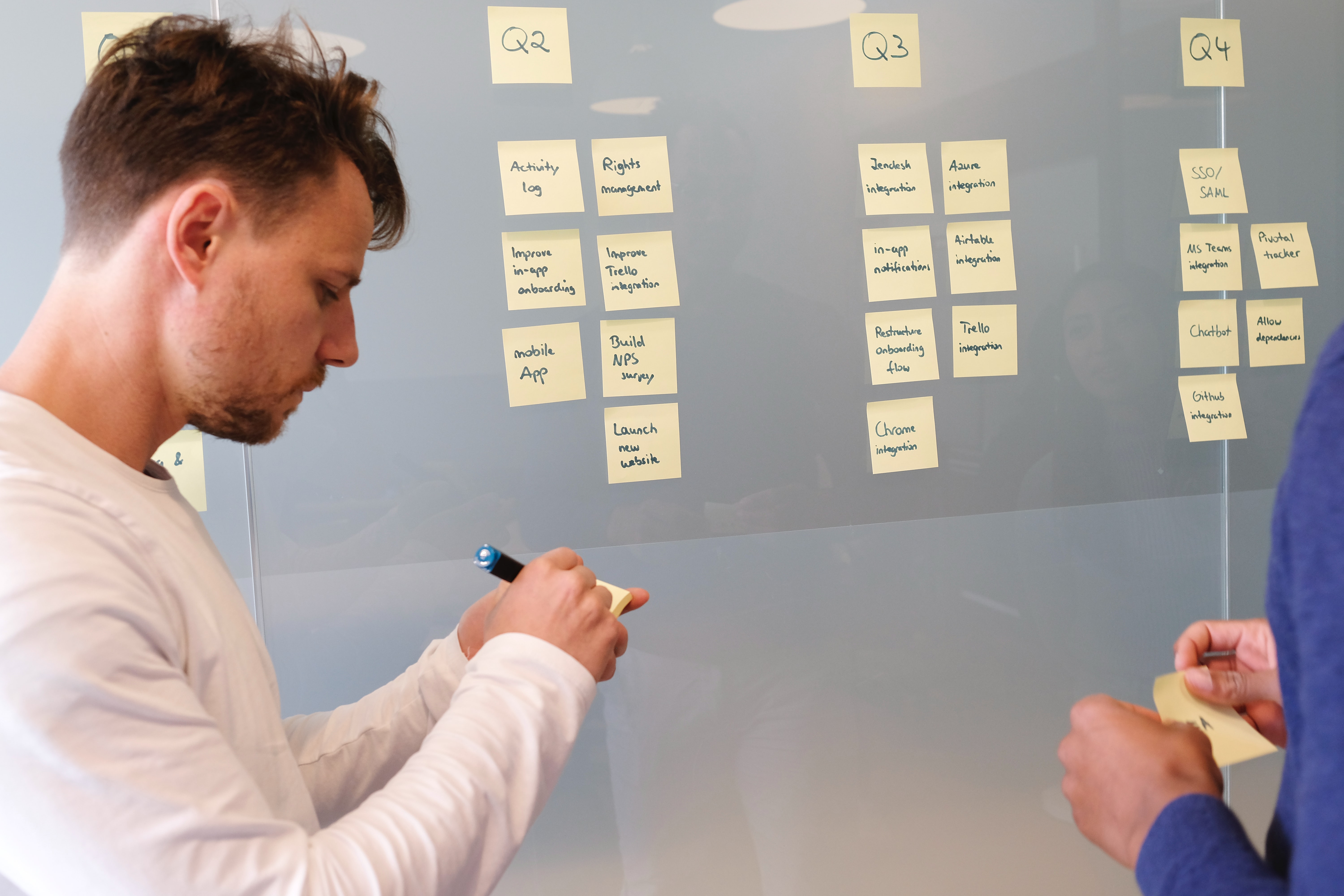Power Apps is a strong competitor in the low-code app development space. In a recent report Forrester The Power Apps platform has been recognized as a leader in low-code development. The idea behind the launch of the Power Apps platform by tech giant Microsoft is to empower small and medium businesses as they often lack the budget to hire a team of developers to develop apps.
With Power Apps, non-technical professionals can also develop apps using a drag-and-drop interface that reduces the amount of code required and speeds up development. Simply put, the Power Apps platform gives small and medium-sized businesses a level playing field to compete with large enterprises.
PowerApps Portal: Overview
PowerApps is a collection of applications, services, and data connectors that allows companies to design and build custom apps for their business using drag-and-drop functionality. In addition, this set of applications allows businesses to create external websites, i.e. portals, that allow external users to log in with their credentials and access the resources they need.
The PowerApps portal allows users to create and customize their interface, experience, and content. It offers integration with Microsoft products such as Microsoft 365, Azure, SharePoint, PowerAutomate, PowerBI, and other third-party tools such as Adobe, Amazon, Dropbox, Google, Salesforce, and Zendesk.
Businesses can quickly create custom forms and workflows. They can even reuse design templates to create an attractive interface that resonates with their brand.
PowerApps offers various benefits such as custom component creation, enhanced lifecycle management, streamlined workflows, diversified development capabilities, enhanced security, a scalable platform, and the flexibility to develop applications and respond quickly to customer needs.
PowerApps Portal Limitations
While powerful, PowerApps have certain limitations that organizations should consider.
1. It is necessary to train staff to work with the platform
The main reason for choosing the PowerApps portal is the low-code platform. Companies think that they can develop their applications without the help of developers. However, understanding PowerApps in Canvas, Model-driven, Power Automate, DataVerse, AI Builder and Power BI through documentation and videos alone is overwhelming for the end user, let alone a developer.
2. Compulsory and comprehensive licensing
PowerApps offer different licensing models that are difficult to understand and limit certain integrations to higher tiers. Additionally, licensing is limited to the Microsoft environment only, i.e. forms can only work within the licensed domain. Users can share content with their colleagues, but only with those who have access to the active directory and PowerApps licenses.
3. Limited support for multiple devices and screen orientations
PowerApps offers mobile responsiveness, but with a compromise. Companies need to develop multiple versions of their apps, which means if you're developing a portal for mobile and tablet devices, you'll need two versions, one for each device.
4. Cost
The initial plan starts at $5 per user per month, which works out to $60 per year per individual user. For a large organization, this is a significant investment.
The portal has a different pricing structure than applications for authenticated external users. It costs $200 for 100 logins and $100 for 100,000 page views per month. For internal users, the price is based on the license or application.

5. Limited bandwidth
PowerApps has a limit of 2000 items from connected data sources such as SharePoint, SQL or Oracle. They only allow 1000 connector requests per day, and the throughput of each request varies. If you try to read or write hundreds of items from SharePoint or other data sources, it will exceed the threshold and cause failures.
6. Can't use Canvas at the same time
Only one user can use the Canvas design app at a time. Additionally, it only supports page-level JavaScript. There is no support code in the app, meaning users cannot design forms and create custom fields according to the workflow. Users can only use predefined blocks if they want to customize the workflow at the field level.
The PowerApps portal only exists in a business context. It is intended for internal use only. You can create and share with external users outside your organization. However, there are limitations in terms of licensing, technical aspects and data access.
7. Limited ability to manage and track code and design
There are no settings tailored to your business needs. So, if you have a feature you want to integrate or a workflow you want to implement, you'll have to work around the built-in elements and features.
Conclusion
Despite the above limitations, Power Apps is a powerful tool for creating applications. If you want to take full advantage of Power Apps and the Power Platform, just contact us. Fanetech is a Microsoft gold partner in Kazakhstan.

